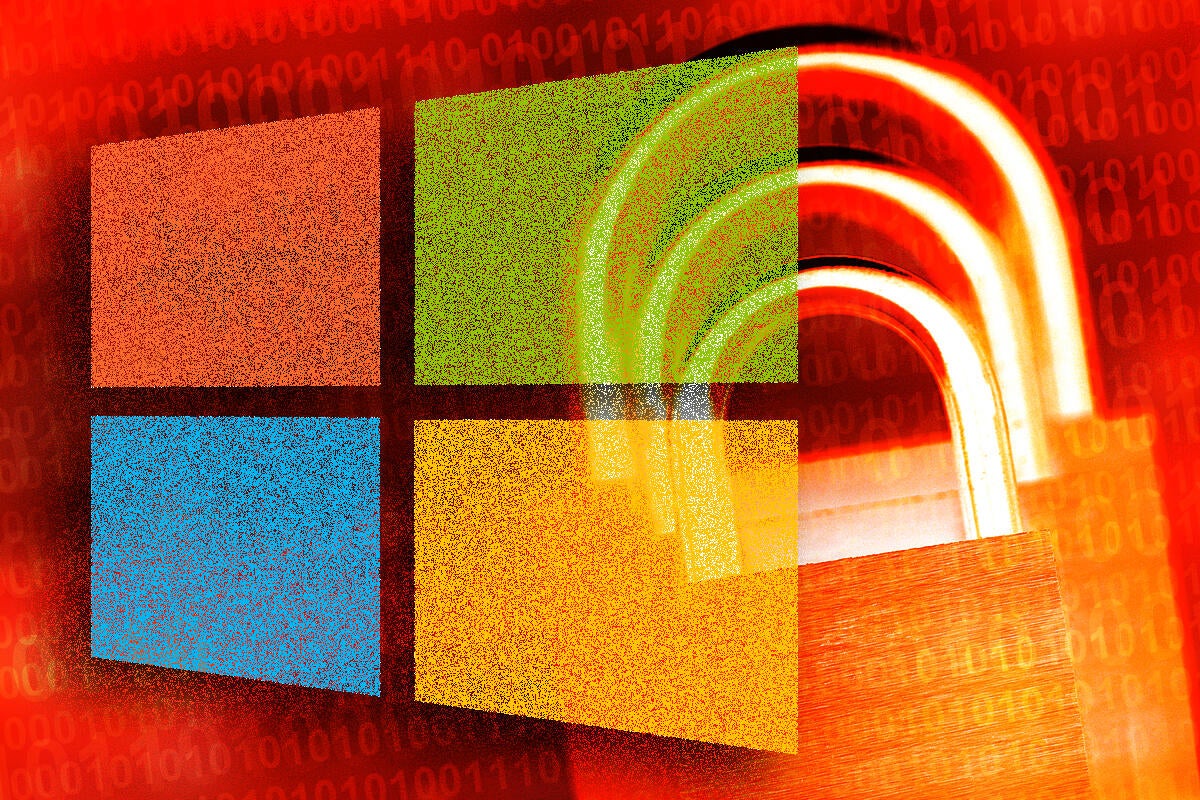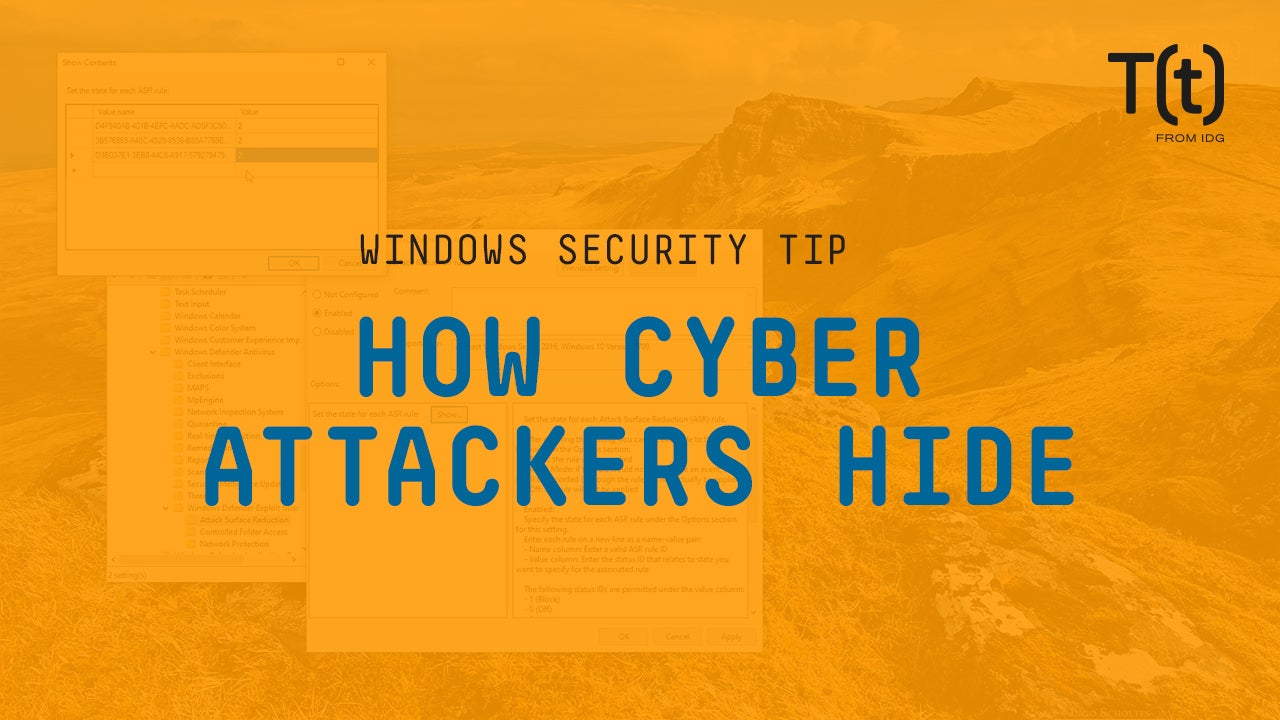The days of enterprise security being a separate entity from mobile and desktop endpoint management are coming to an end, which should delight infrastructure and security teams who’ll eventually have more powerful machine learning-enabled tools at their disposal — and a single console through which to control them.
Security around mobile and desktop infrastructures has traditionally depended on what’s being managed; you purchase one for mobile devices and another for the rest of your endpoints, whether laptop or desktop.
While security threats are growing, particularly phishing attacks via email, SMS or hyperlinks, the amount of money companies spend on mobile security appears to be shrinking. And yet, the percentage of organizations that admit to having suffered a mobile compromise grew in 2019, according to a Verizon survey.
To read this article in full, please click here




